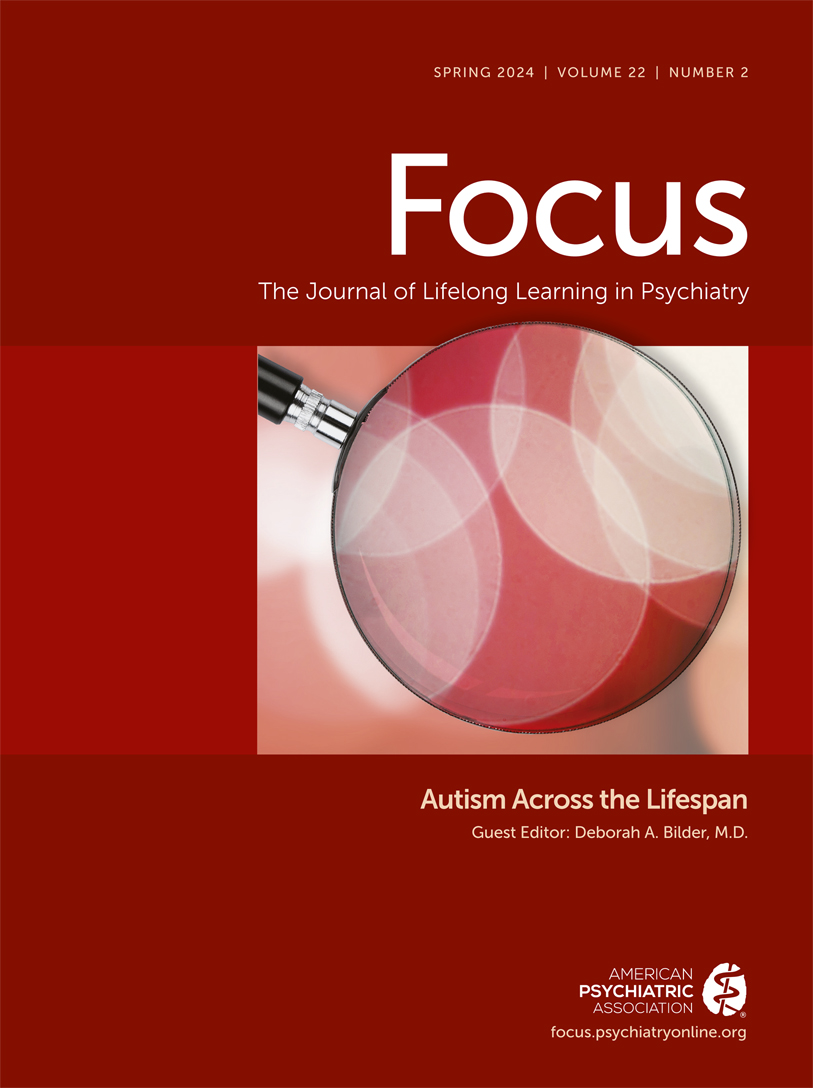Innate Immune Dysfunction and Neuroinflammation in Autism Spectrum Disorder (ASD)
Abstract
Autism spectrum disorder (ASD) is a highly heterogeneous neurodevelopmental disorder characterized by communication and social behavior deficits. The presence of restricted and repetitive behaviors often accompanies these deficits, and these characteristics can range from mild to severe. The past several decades have seen a significant rise in the prevalence of ASD. The etiology of ASD remains unknown; however, genetic and environmental risk factors play a role. Multiple hypotheses converge to suggest that neuroinflammation, or at least the interaction between immune and neural systems, may be involved in the etiology of some ASD cases or groups. Repeated evidence of innate immune dysfunction has been seen in ASD, often associated with worsening behaviors. This evidence includes data from circulating myeloid cells and brain resident macrophages/microglia in both human and animal models. This comprehensive review presents recent findings of innate immune dysfunction in ASD, including aberrant innate cellular function, evidence of neuroinflammation, and microglia activation.
Appeared originally in Brain Behav Immun 2023; 108:245–254



